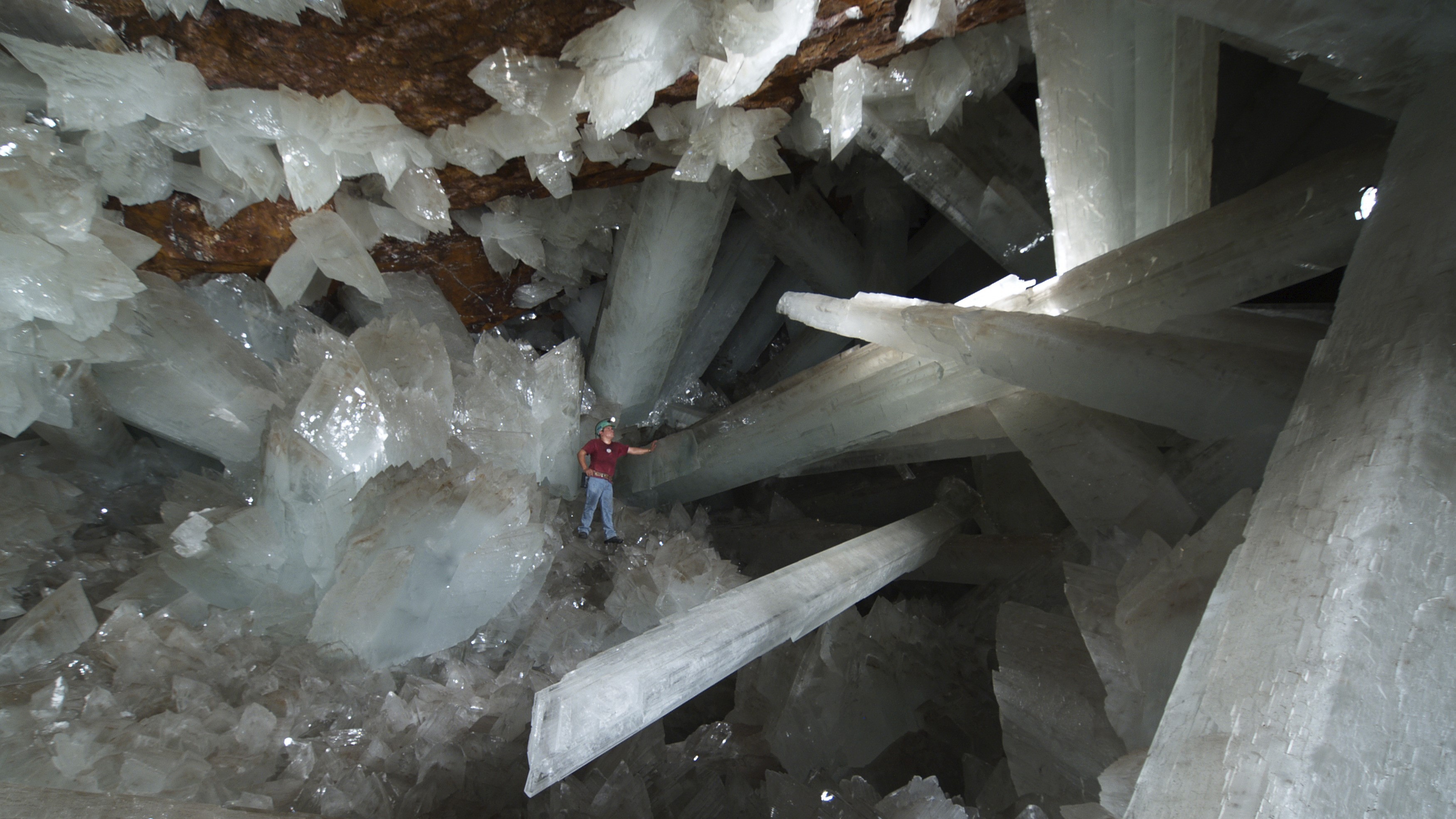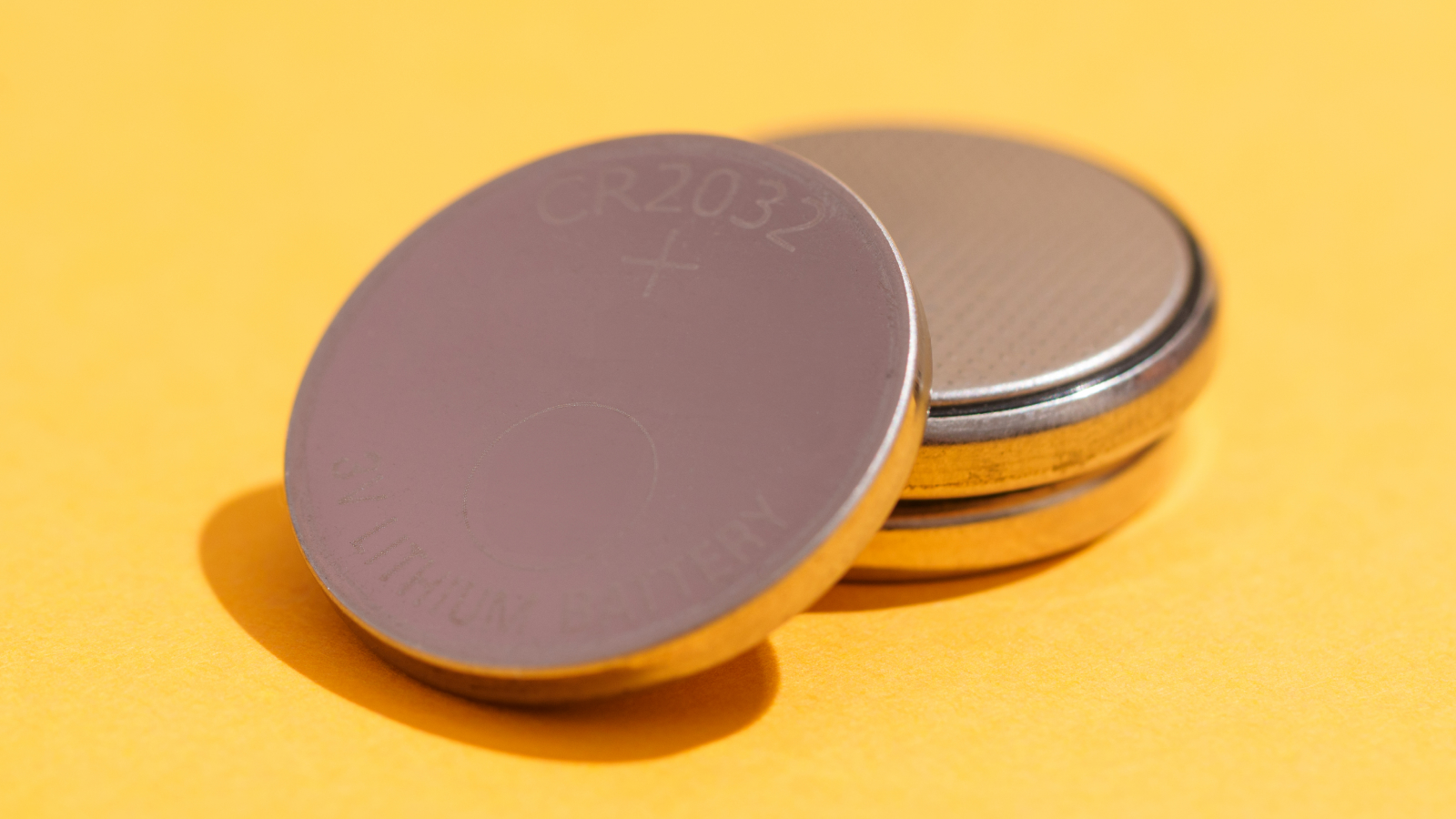Inorganics, Vol. 12, Pages 53: Effect of Sintering Time and Cl Doping Concentrations on Structural, Optical, and Luminescence Properties of ZnO Nanoparticles
Inorganics doi: 10.3390/inorganics12020053
Authors: Arshad Khan Soheir E. Mohamed Tayseer I. Al-Naggar Hasan B. Albargi Jari S. Algethami Ayman M. Abdalla
Zinc oxide (ZnO) nanoparticles were synthesized hydrothermally using zinc acetate dihydrate and sodium thiosulfate pentahydrate precursors. The synthesized powders were sintered in air at 600 °C for different durations with a Cl-doping concentration of 25 mg/g. The optimal sintering time was found to be 5 h, resulting in the successful formation of the ZnO phase with small particle sizes of around 90 nm, nominal atomic fractions of Zn and O (~50%, ~50%), and increased luminescence intensity. The ideal concentration of Cl was discovered to be 25 mg/g of ZnO, which resulted in the highest luminescence intensity. The ZnO luminescence characteristics were observed in emission bands peaking at approximately 503 nm attributed to the transition from oxygen vacancies. A considerable improvement in the emission intensity was observed with increased Cl doping concentration, up to eight orders of magnitude, compared to pristine ZnO nanoparticles. However, the luminescence intensity decreased in samples with higher concentrations of Cl doping due to concentration quenching. These preliminary outcomes suggest that Cl-doped ZnO nanoparticles could be used for radiation detector development for radon monitoring and other related applications.

 2 months ago
40
2 months ago
40


